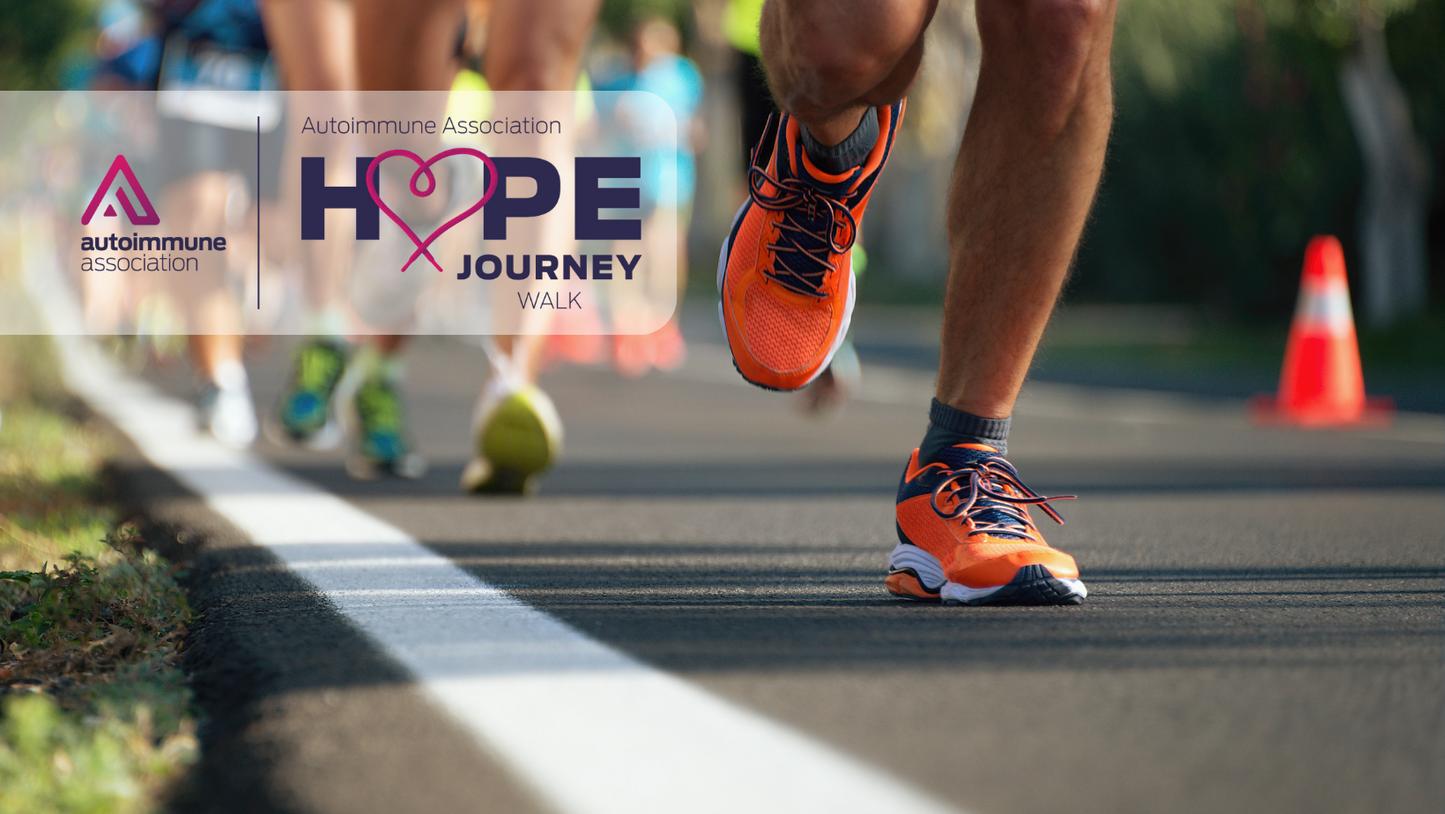
Toxins — they’re everywhere. In today’s modern world, it’s nearly impossible to avoid exposure. Toxins are in the air we breathe, the water we drink, the soil that grows our food, and even in the everyday products we use. Add in heavy metals, mold, forever chemicals, pollutants, and microplastics and it can feel overwhelming.
The truth is: toxins do matter. They accumulate in the body over time, creating a higher “toxic load.” The more we’re exposed, the more strain our bodies face. But here’s the key, health isn’t about living in a bubble; it’s about building resilience so your body can process and eliminate toxins effectively.
How the Body Handles Toxins
Our body has built-in detoxification systems, primarily through the liver, kidneys, bowels, and skin (through sweating). Detoxification happens in two main phases:
Phase 1: The liver transforms toxins into water-soluble compounds. Ironically, this process can temporarily increase their toxicity.
Phase 2: The liver then “conjugates” (binds) those toxins so they can be eliminated through urine, stool, or sweat.
If Phase 1 is functioning but Phase 2 is slow, often because of nutrient deficiencies, your body accumulates a backlog of reactive toxins. This is one reason why DIY or over-the-counter detoxes can make people feel worse and why, as a practitioner, I don’t recommend doing detoxes without professional guidance.
Autoimmunity and other factors impacting your ability to detoxify
For those of us with autoimmune conditions, detoxification often doesn’t run smoothly. Inflammation slows down key processes like methylation and metabolism. For example:
- Hashimoto’s Patients: Low thyroid function reduces liver detox capacity and slows down bowel movements. Constipation means toxins aren’t leaving the body—they’re reabsorbed, overloading the liver further.
- Inflammation at the Cellular Level: Chronic inflammation “gums up” cell receptors, like chewing gum in a keyhole. Nutrients and hormones can’t get inside the cells, which further weakens detox ability.
- Storage in Tissues: Toxins often get stored in fat and bone. During menopause, when bone turnover increases, toxins can be released back into circulation. Same goes for rapid weight loss.
The Risk of “Detox Gone Wrong”
Jumping into an intense detox without preparation can backfire. Mobilizing toxins without properly eliminating them can redistribute them to sensitive areas, including the brain. And brain inflammation, from my practitioner point of view, is far more difficult to calm than inflammation elsewhere in the body.
Before considering detox protocols, it’s vital to:
- Support liver, kidney, and gut function first.
- Ensure bowel movements are regular.
- Confirm nutrient sufficiency for Phase 2 detox (like B vitamins, magnesium, sulfur compounds, amino acids).
- Address barriers like leaky gut, leaky brain, or leaky lung—since they often occur together.
Loss of Tolerance – a warning sign not to be ignored
One early warning sign that your body is overwhelmed is something called loss of tolerance. One example is the loss of chemical tolerance. This refers to strong reactions to things like perfume, cleaning products, or gasoline fumes. By strong reactions I’m talking about nausea, headaches, or feeling noticeably unwell in presence of these chemicals. For example – someone walks by the perfume section at the mall and ends up dealing with a migraine for the rest of the day.
Loss of chemical tolerance is a tale tell sign our liver is overloaded and struggling to process out toxins.
Another type is something called loss of oral tolerance. This is particularly important to watch out for in people with autoimmune tendencies. Oral intolerance often shows up as mouth itchiness after eating certain foods. This is not a full-blown allergy and other than that itchy feeling people usually don’t experience more symptoms at first. However, this is a warning sign that our body if overloaded and our immune system is starting to overreact which can pave the way toward loss of self-tolerance - the immune system mistaking your own tissues for the enemy - which defines autoimmunity.
Practical Ways to Reduce Toxin Exposure
While you can’t completely eliminate toxins, you can lower your daily exposure, especially at home, where you have the most control.
Air & Home Environment
- Use a HEPA filter in the rooms you spend the most time in. Air Oasis is a great brand which is also certified to remove mold from the air.
- Keep your house dust-free. If time is tight, even a cleaning service once a week helps.
- Flush drains in little-used bathrooms to prevent biotoxins exposure. This is really important, and I see this often with clients who have a 2nd bathroom they only use for guests.
- Switch to eco-friendly cleaners; websites like Grove Collaborative are a great resource.
- Purchase furniture and particularly mattresses that have not been sprayed with fire retardant such as Avocado Green Mattress.
Kitchen & Food
- Cookware: Avoid Teflon and aluminum. Instead, choose cast iron, stainless steel, or high-quality ceramic-coated pans (be careful as to what is under that coating). Our place offers many safe options.
- Food Storage and serving: Ditch plastic containers, plates and utensils. Use glass storage with bamboo lids, or mason jars. Looking for convenience? Choose ready meals that offer plastic-free meal trays. BPA and its derivatives have been shown to be a potential trigger for autoimmunity.
- Food Sourcing:
- Choose organic, at least for the “Dirty Dozen” list (the produce with the highest pesticide load).
- Prioritize pasture-raised, grass-fed, grass-finished meat and wild-caught fish and seafood. If the budget is tight, focus on organic for fattier cuts and cooking fats (since toxins concentrate in fat).
- Use pasture-raised, organic tallow or lard for cooking. Avocado oil is another safe option for cooking on high heat.
- Water: Use a good filtration system such as Clearly Filter for your drinking and cooking water.
Personal Care Products
Your skin absorbs much of what you put on it, so choose carefully:
- Replace conventional lotions, shampoos, and soaps with clean, non-toxic alternatives.
- Be cautious with oat peptides, as they can contain hidden gluten sources in natural haircare products. For moisturizers, consider tallow-based creams or other simple, natural options. Balm of Gilead is an AIP-friendly personal care brand worth exploring!
- When selecting makeup, opt for clean, reputable brands. Tallow lipstick is becoming more common and can be a safer option; always check the ingredients.
- A good rule of thumb: If you wouldn’t eat it, don’t put it on your skin.
Final Thoughts
We live in a toxic world, but fear isn’t the answer—building resilience is. Supporting your body’s natural detox pathways, minimizing exposure, and working with knowledgeable practitioners can help prevent toxins from becoming the tipping point for autoimmunity.
Healing isn’t about perfection; it’s about stacking the deck in our favor. Every small choice toward lowering your toxic burden matters. Happy healing!


